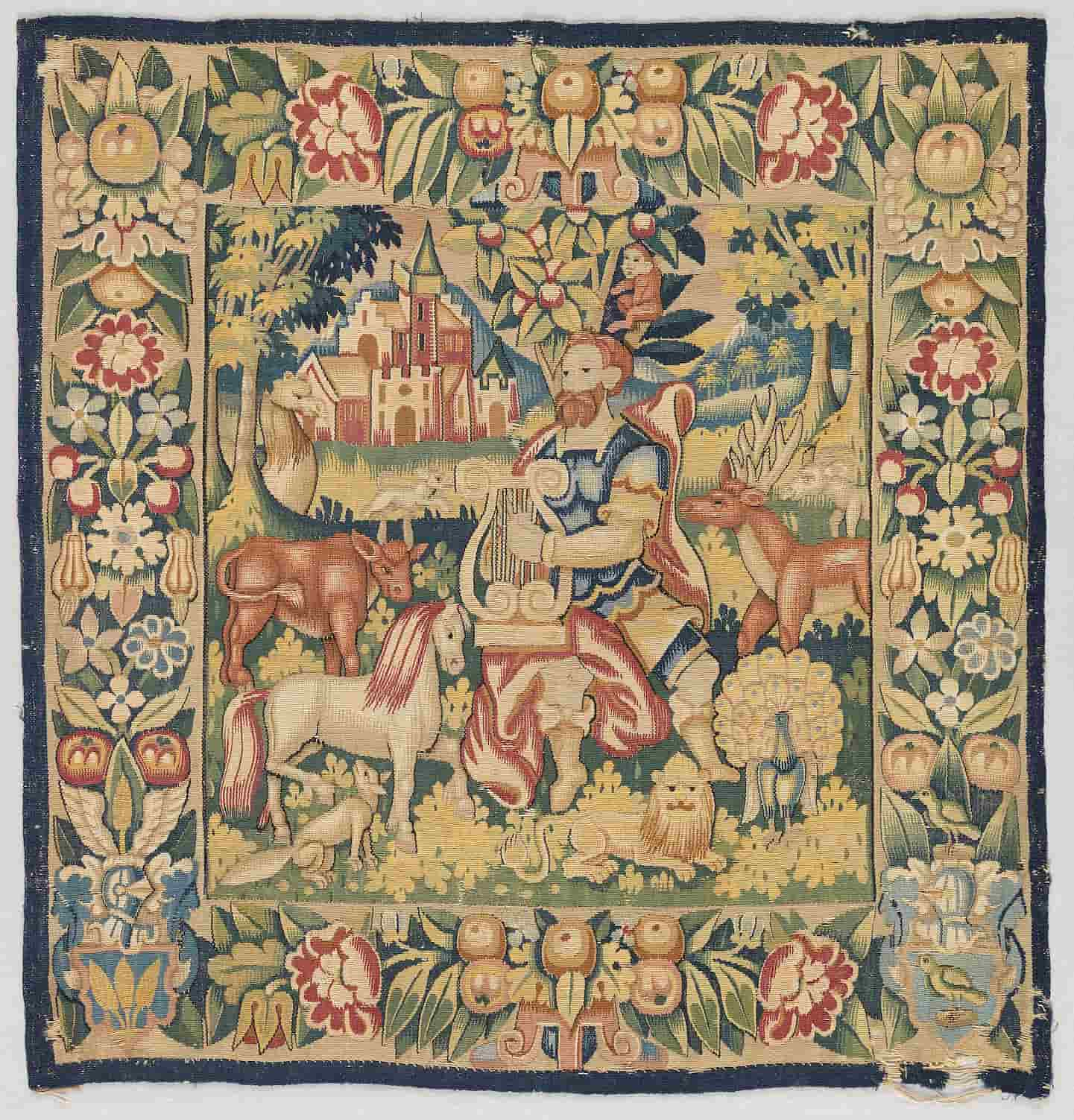Orphism in Religion: Origins and Doctrines
The Orphism were a religious movement of antiquity that spread from the 6th/5th century BCE or even earlier in Greece.

The Orphism were a religious movement of antiquity that spread from the 6th/5th century BCE or even earlier in Greece.

